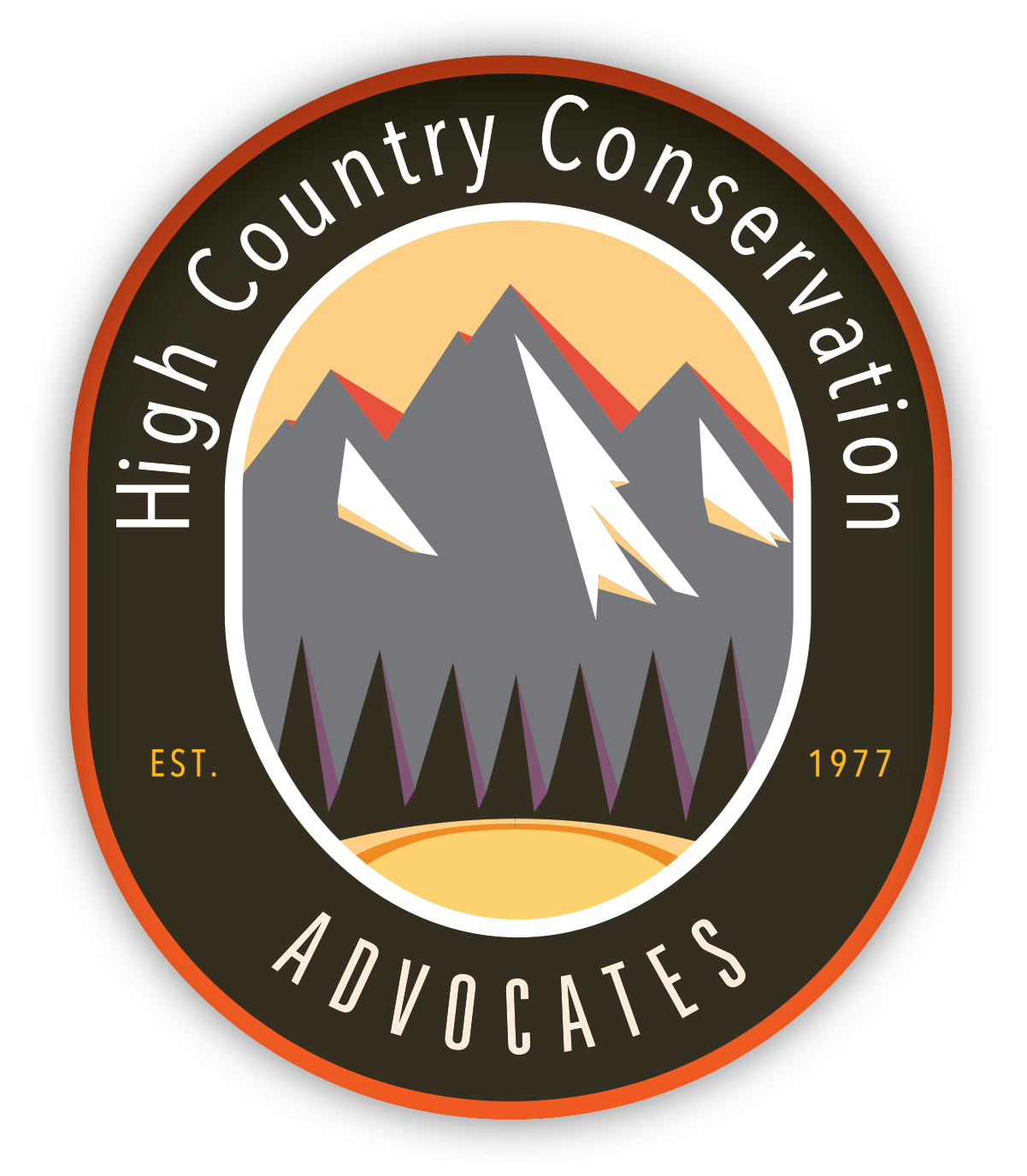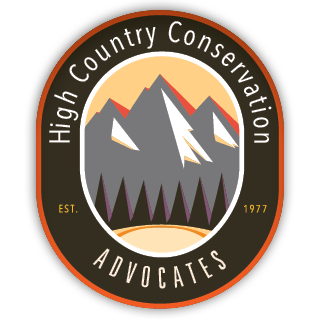Let’s Take Care of Public Lands — the Gunnison Country’s most valued asset
By Jon Hare, HCCA Advocacy Director
Contact: jon@hccacb.org, 970.349.7104 x1
For years now, our concern for the future of the federal agencies managing public lands and research activities in the Gunnison Country has been growing, and now, we have a serious incident to deal with.
Even before the new administration began to shred the US Forest Service, the BLM, and the National Park Service – we knew the agencies were struggling to attract and hire new employees; across the nation these units are underfunded and understaffed considering the vast acres of land they are responsible to manage; and last fall we learned they would not hire necessary seasonal employees because of uncertain budgets and over-spent accounts.
Since late January 2025, the new leadership in Washington D.C. has taken a devastating pace and scale in their efforts to defund (and damage) the federal government—a hiring freeze cancels job offers and prevents anyone who leaves from being replaced; the termination of probationary employees removed new full-time employees, i.e. the next generation, just as they got their foot in the door; and more recently the Reduction in Force has given many folks in senior program management and leadership a good reason to resign and retire.
While reviewing a series of federal office building closures in Colorado – it’s an obvious Catch-22 to revoke remote work privileges while simultaneously eliminating office space. Land managers work across large geographic areas in the mountains, in meetings, and visiting communities, trying to keep up with coworkers, voicemails, and emails—requirements that constrain them to a desk yield frustration more than efficiency.
Today more than ever, field-going crews (especially fire fighters) are missing important support functions; there are vacant staff and leadership positions; there is diminishing desk space and vehicles for each employee; and teams are not able to function or be effective when there is little hope of replacing departing team members.
It’s already gone too far, and at High Country Conservation Advocates (HCCA) we are focused on raising the value of public lands and the people who work for them in our community. HCCA is working, through our conservation mission, to push the pendulum to a place where our public lands are not only recognized—but honored as our most valuable community asset.
It begins with emphasizing the economics of the situation. It’s a fact—unspoiled and well-managed public lands provide thousands more long-term jobs than mining, oil and gas, or timber extraction. 4,000 outdoor jobs are created on Colorado’s Western Slope because of the 3.2-million-acre Grand Mesa, Uncompahgre, and Gunnison (GMUG) National Forest, as well as 8,000 jobs created by Bureau of Land Management lands in southwest Colorado. In addition to the public service opportunities offered by the USFS, the BLM, and the NPS, our public lands create jobs that drive our local economy through tourism, recreation, agriculture, and research.
The importance of tourism to Gunnison County’s economy is evident, accounting for over 28 percent of total employment (U.S. Department of Labor, Bureau of Labor Statistics 2022). Government employment around here accounts for 17 percent. Mining employment in Gunnison County is 4.2 percent. Bottom line—our local economy quickly disintegrates if our public lands or water quality suffer.
It looks like in the next few years the federal land management agencies, yet again, will have to battle their way back from forces working against them. Let’s be ready to rebuild our land management offices as soon as possible. A great way to support them is getting behind elected officials who are champions for our public lands and the federal employees who steward them.
When folks experience what is coming on our public lands – from resource impacts, to overflowing and further deteriorating facilities, to no response from federal offices, and a malaise that comes from ripping the soul out of a “can do” work force – let’s have the model ready to build land management units focused on protecting our communities from wildfires, enhancing critical habitat for big game and threatened species, managing public use, creating better access and recreation infrastructure, administering permits and preventing multiple use conflicts, maintaining roads and trails, and restoring disturbed areas back to natural condition.
These land management agencies are all over our mountains taking care of our public lands—they should have top-notch facilities, the safest equipment, and prioritize employee health and wellness given the dangerous and difficult work they are frequently tasked with. Additionally, our community needs to keep supporting legislation like the proposed Colorado Outdoor Recreation and Economy (CORE) Act and the Gunnison Outdoor Resources Protection (GORP) Act that will further protect federal lands adjacent to our communities from the whims of any elected official in the nation’s capital. If these bills become law, they will protect our public lands by keeping them the way they are right now.
In the short term, local organizations such as HCCA, Gunnison Trails, Crested Butte Mountain Bike Association, Trout Unlimited, Backcountry Hunters and Anglers, Gunnison Valley OHV Alliance, and the Upper Gunnison River Water Conservancy District are already doing work to steward our public lands—pick an organization that aligns with your passion and become a public lands steward yourself. While the dumpster fire in Washington DC continues its rampage to harm and remove the government services essential to steward our public lands—I take encouragement in the legacy of our land management agencies. Our public lands in this country are the greatest conservation story in the history of the world and these public lands agencies have rebounded and evolved from hard times before. Let’s work together and through our local commitment to conservation, we can fight to raise them up as our most valuable local asset and ultimately, people will benefit from these public lands long into the future.

